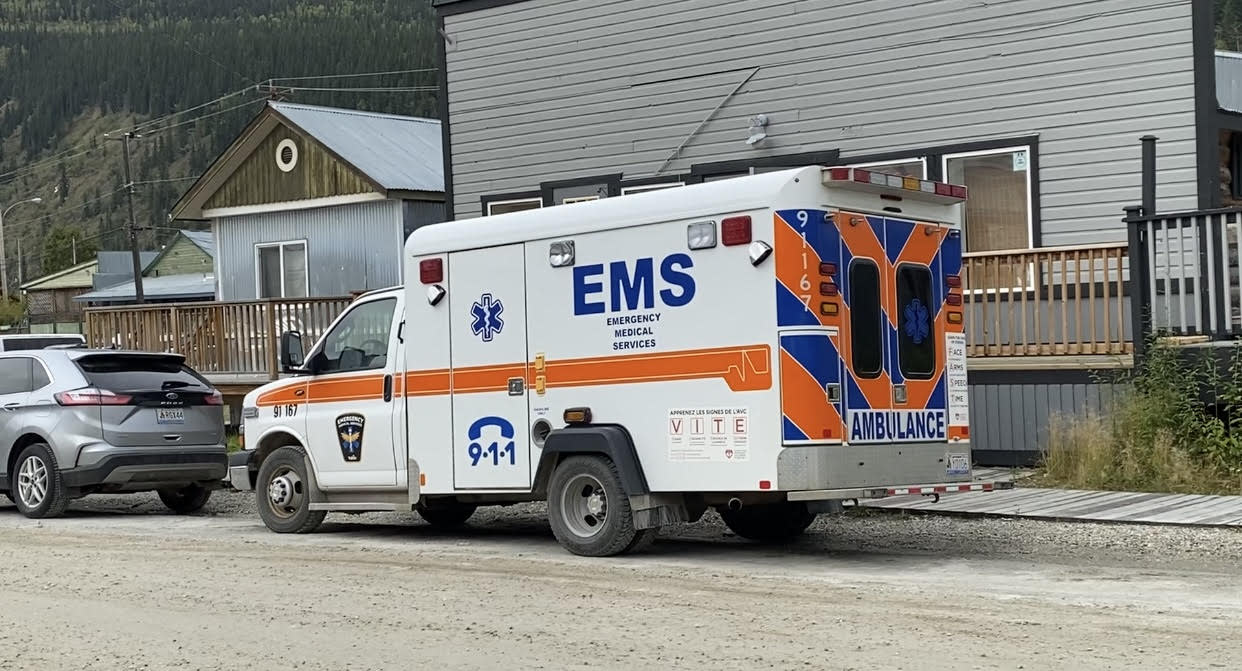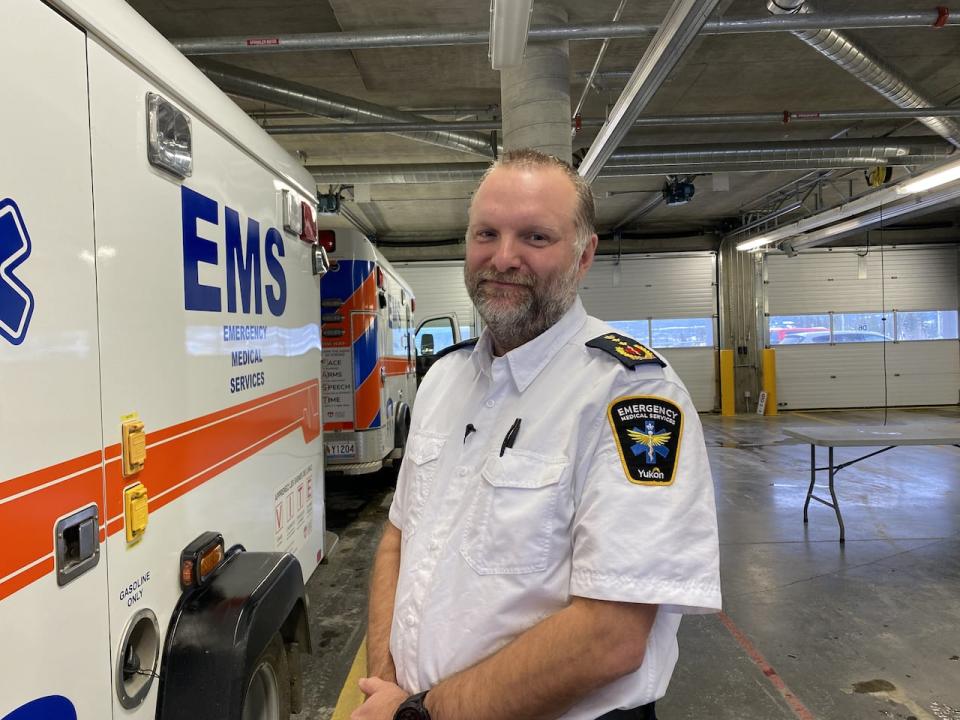Dawson City, Yukon, starts year off with full ambulance coverage

For the past two months, Dawson City, Yukon, has had 100 per cent ambulance coverage, according to Yukon Emergency Medical Services (YEMS).
That represents a marked change from just months earlier when people in the community were complaining about substantial gaps in ambulance service, and local firefighters said they were sometimes being called to fill those gaps.
Acting YEMS chief Ryan Soucy said both December and January had full coverage, meaning there was always a fully-crewed ambulance available. There must be two responders on duty to operate the ambulance.
"We had four new community responders come and be part of the team in Dawson through November to December," Soucy said.
"We floated our [primary care paramedic] that's hired to float through the different communities, including Watson [Lake] and Dawson and all of the other communities in the Yukon... We sent them up to provide some coverage support. And then just the overall regular volunteers signing up for more shifts."
Soucy believes media coverage, as well as the government's recruitment ads in local newspapers, helped encourage people to volunteer.
"I think the community came together to say, 'hey, we want to help out the community,'" Soucy said.
Soucy couldn't say whether there will also be full coverage in Dawson through February, but he said looking at the roster of volunteers, it's expected to be "stable."

Ryan Soucy, acting chief of Yukon Emergency Medical Services (YEMS), stands in the ambulance bay at Yukon EMS headquarters in Whitehorse. (Anna Desmarais/CBC )
Mike Ellis is a member of the Dawson City Ambulance Association (DCAA). He formed the group to provide a secondary ambulance service for times when Yukon EMS was unavailable, and he's been a vocal advocate for consistent services in town.
Ellis calls the improved coverage in recent months "excellent."
"If we've been able to be a part of raising the profile of this concern the community has ... and it's resulted in an increase in coverage, than that's as good if not better than us having to step in and directly offer the service," he said.
Ellis said the DCAA is still ready to deploy its own ambulance and services, whenever it's needed to ensure full coverage is maintained.
Some discrepancies, association says
Ellis also want YEMS to be transparent with the public about what full coverage actually means.
Recently, the DCAA prepared a report which cited apparent discrepancies in how the YEMS reported ambulance coverage in Dawson in 2022 and 2023.
The report states that YEMS has reported that ambulance coverage was available in Dawson 85 per cent of the time in 2022, and up to the end of October 2023.
As part of an Access to Information and Protection of Privacy Act (ATIPP) data request, the DCAA identified a discrepancy between YEMS's figures and the local coverage represented on staffing schedules.
"We think that they've reported the total number of hours covered on the schedule," Ellis said. "Which doesn't necessarily equate to the ability to deploy an ambulance here in Dawson."
According to DCAA's analysis, actual coverage based on YEMS's own definition of having two staff to operate the ambulance was 72.75 per cent in 2022 and 58.8 per cent in the first 10 months of 2023.
That analysis makes Ellis want to look further into YEMS's assertion that Dawson has more recently had 100 per cent ambulance coverage.
"We're going to be asking for further data through an ATIPP request," he said. "We're going to put a request in March to get the first quarter of 2024's data along with the last two months of 2023 — so that we can essentially check what those numbers are saying and whether it is truly 100 per cent deployable coverage."
Soucy said he has the DCAA report, but hasn't studied it yet.
"I haven't yet analyzed all of the data that was provided to me by the Dawson City Ambulance Association and compared it to ours," he told CBC News.

